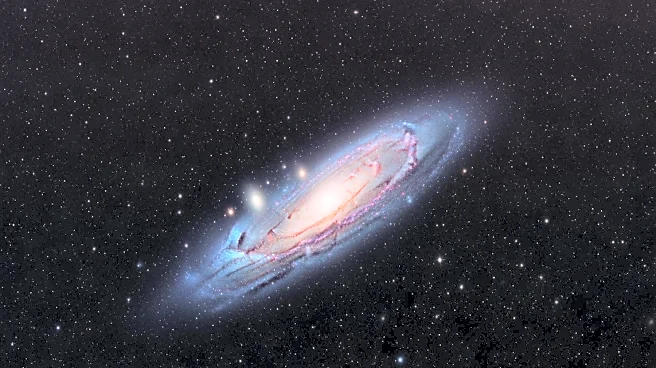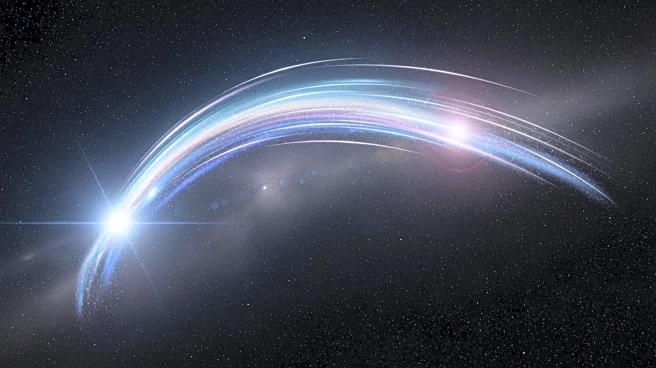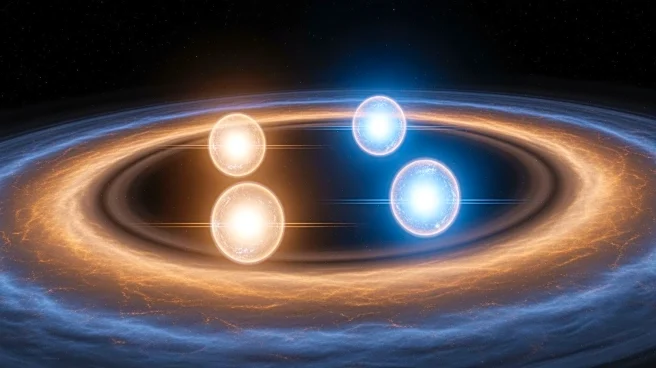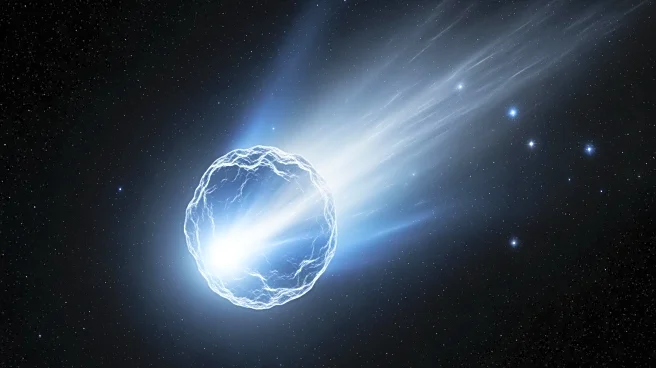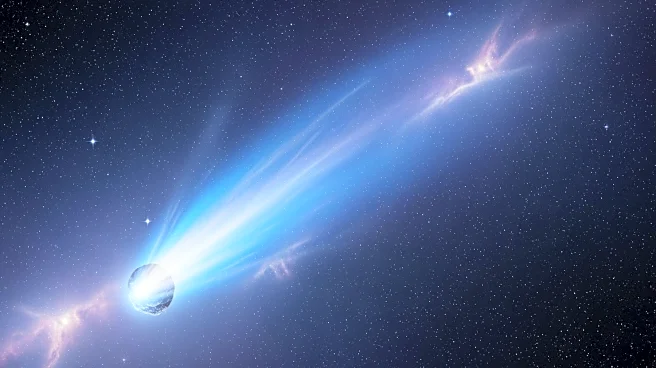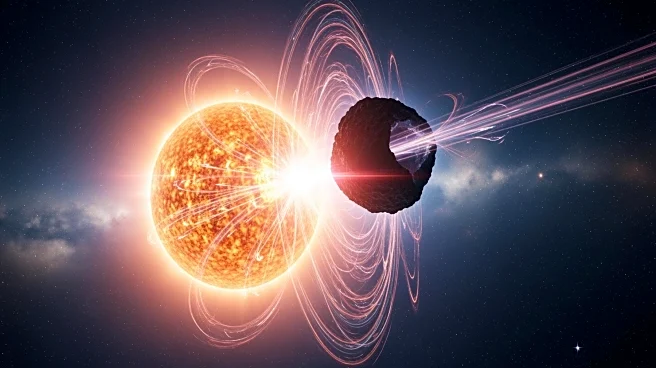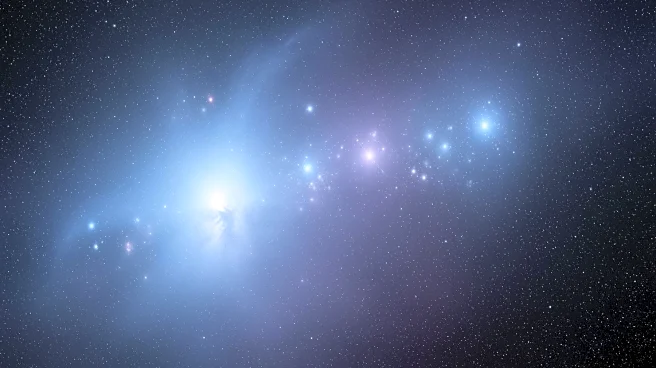What's Happening?
Spanish astronomers have conducted deep optical imaging of the isolated dwarf galaxy NGC 6789 using the Two-meter Twin Telescope (TTT3). Despite its isolation, NGC 6789 shows recent star formation activity.
The galaxy's central star-forming region is embedded within an undisturbed elliptical outer structure. Researchers aimed to find evidence of past mergers or gas accretion events but found none, suggesting star formation is due to in-situ residual gas or external pristine gas. The study provides insights into star formation processes in isolated galaxies.
Why It's Important?
Understanding star formation in isolated galaxies like NGC 6789 challenges existing theories about galaxy evolution and the role of mergers in star formation. The findings suggest alternative mechanisms for star formation, such as gas accretion, which could reshape our understanding of galaxy dynamics. This research contributes to the broader field of astrophysics by exploring how galaxies evolve in isolation, potentially influencing models of cosmic structure and star formation.
What's Next?
Further observations and studies may focus on identifying the sources of gas fueling star formation in isolated galaxies. Researchers might explore other isolated galaxies to determine if similar processes occur, enhancing our understanding of galaxy evolution. The study's methods could be applied to other regions of space, expanding knowledge of star formation mechanisms.
